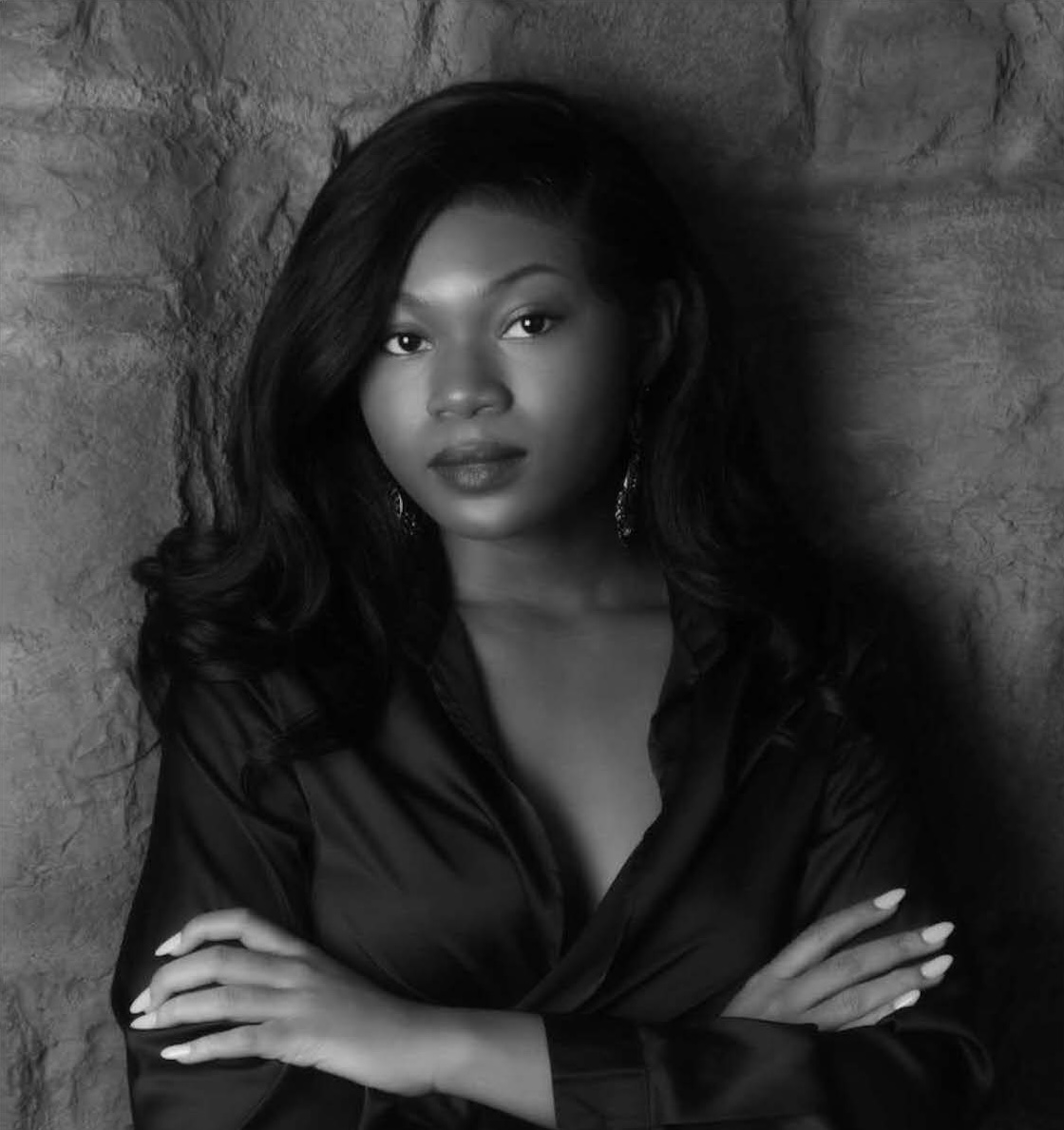Leonard Sax’s “Girls on the Edge” articulated my issues with self-identity and
personhood in words I could never have come up with on my own, and as I read it, I
wondered where it was when I was 12-years-old. [The first edition came out in 2010.]
I was able to tie themes on obsession, sexuality, and the addiction to seeking validation
on social media to my own experience as a young Black woman.

I worked hard in elementary school to fit into the identity I had created for myself. I set
out to be the bright, straight-A student who my teachers adored — and I succeeded. By
first grade, I was one of only two students in the entire school chosen for the gifted
program, was held up as a class leader and example to my peers, and was on the
Principal’s Honor Roll every year. To my detriment, my entire sense of self-worth was
based on my excellent grades and accomplishments. I was not only a Black female, but
also poor, fatherless, and raised by a single mother. Despite my mother’s support, I was
constantly reminded that I needed to be better and have a better life than she did. This
pressure to live up to my mother’s expectations and defy the racial stereotype imposed
on me made me the ideal victim of what Sax quoted author and psychologist Madeline
Levine calling “maladaptive perfectionism.” The obsession with appearing flawless
became too much for me.
By the time I reached middle school, I had already experienced what Sax called the
“moment of the Great Disappointment,” albeit a little too soon. This is the stage of
young adulthood described by Sax as “being hit with the awareness that something
marvelous is not going to happen.” Sixth grade marked a significant transition for me:
new school, new friends, and the dreaded “gifted kid burnout.” I had grown tired of
dealing with pressures of perfectionism placed on me (mostly self-imposed) and began
to struggle with my mental health as it became more difficult to juggle it all.
With my new group of friends, I was introduced to the world of Instagram and Snapchat,
and with it, my exposure to sexuality and unattainable body trends, as well as the
self-objectification that resulted. As Black women, our experiences with sexuality differ
from those of other races, particularly white women, in that we are oversexualized and
viewed as more mature than our white peers, according to the 2017 report, “Girlhoood
Interrupted: The Erasure of Black Girls’ Childhood,” by the Georgetown Law Center on
Poverty and Inequality. This “adultification” of Black girls contributes to the erasure of
our childhood and is rooted in culturally rooted fantasies of Black girls’ sexualization.
Although “Girls on the Edge” did a good job of describing how girls struggle with their
sexuality, I believe the book would have benefited from examining how different
demographics navigate sexuality during girlhood.
Kymani Hughes, who is from Miami, is a freshman at Syracuse University and a regular
contributor to YMG. This piece was made possible by a youth journalism grant from the Annie E. Casey Foundation to the National Association of Black Journalists, parent to Black News & Views.





